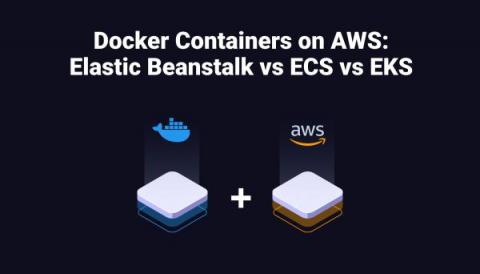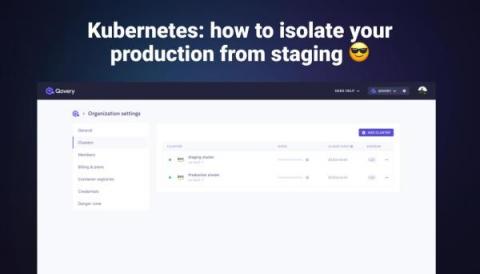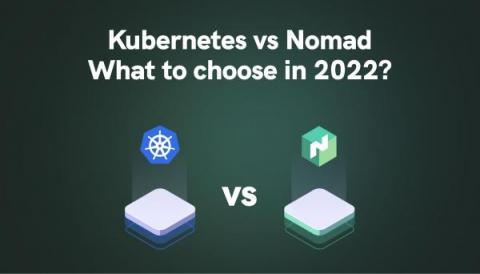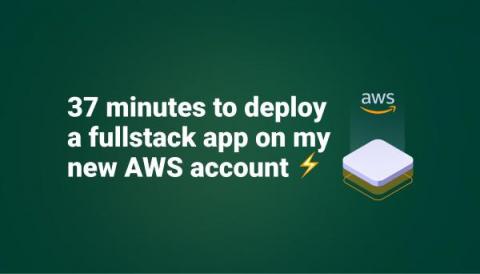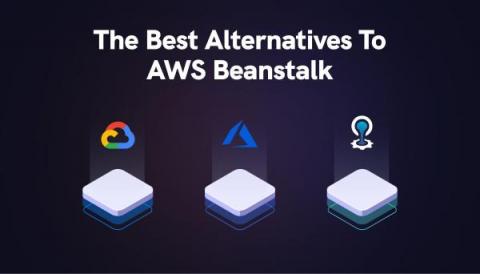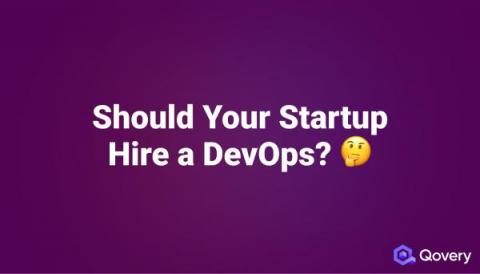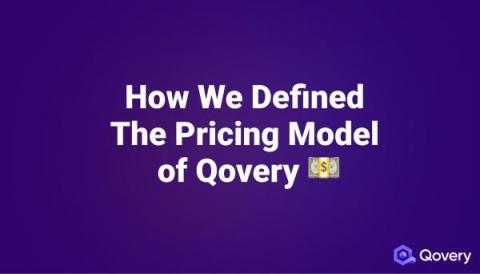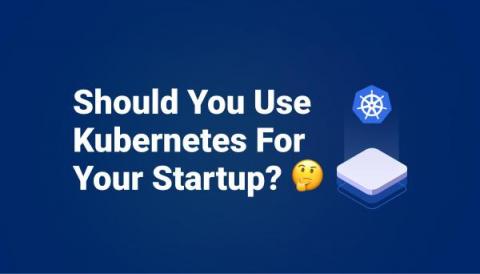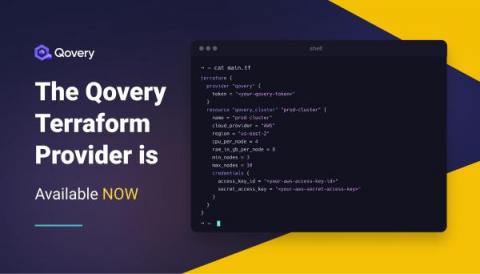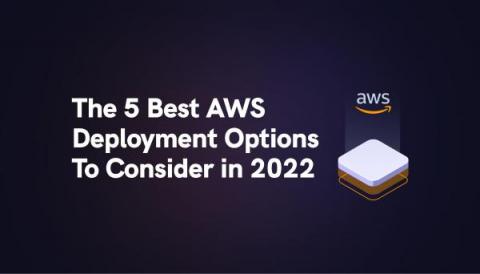Deploying Docker Containers on AWS: Elastic Beanstalk vs ECS vs EKS
Containerization packages a software component and its environment, dependencies, and configuration into an isolated unit called a container. That makes it possible to deploy an application consistently across different computing environments, whether on-premises or on the cloud. The concept of containerization is more than a decade old.


